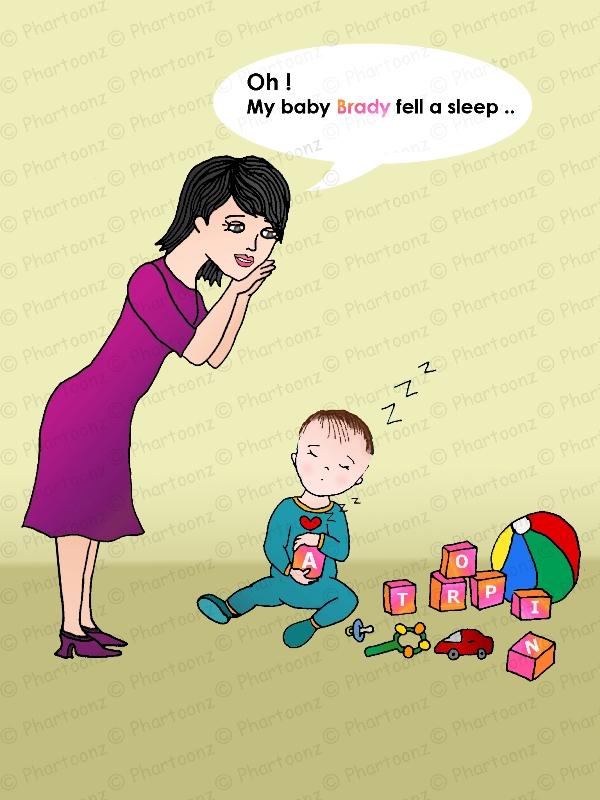Atropine Functions as a Cardioaccelerator , so it’s used for treatment of Bradycardia
How is that ??
Before Atropine administration :
When the neurotransmitter acetylcholine is released , it binds to cholinergic receptors causing a vagal stimulation
the vagus nerve acts on the sinoatrial (SA) node and the atrioventricular (AV) node found in the Heart ,
and causes inhibition of the electrical conduction between the two Nodes ( SA & AV )
>> this causes the heart rate to slow down into :
Lub-dub . . . Lub-dub . . . Lub-dub !!
After Atropine administration :
Atropine act as a cholinergic blocking drug, so it competes with acetylcholine for cholinergic receptor sites on the SA and AV nodes.
and By blocking acetylcholine ;
– the Vagus nerve stimulation is decreased
– Conduction between the heart nodes ( SA & AV ) is enhanced ( less inhibited )
> > > > > This speeds up the heart rate into :
Lub-dub Lub-dub Lub-dub Lub-dub Lub-dub !!
~ . ~ . ~ . ~. ~. ~ . ~ . ~ . ~ . ~ . ~

Atropine also may be given to prevent cardiac arrest resulting from vagal reflex activation, incident to anesthetic induction , gastric lavage , or endoscopic procedures .

Ipratropium is used in bradycardia and AV-block to raise heart rate and to facilitate cardiac impulse conduction.
As it is a quaternary substance, it doesn’t penetrate into the brain,
which greatly reduces the risk of CNS disturbances caused by Atropine .
but relatively , high oral doses are required because of an inefficient intestinal absorption.
========

Hint :
A healthy heart makes a ” Lub–dub” sound with each beat.
This sound comes from the valves shutting on the blood inside the heart.
The first sound ” Lub ” happens when the mitral and tricuspid valves close after the blood has been pushed from atria into ventricles ,
while the next sound “ dub ” happens when the aortic and pulmonary valves close after the blood has been squeezed out of the heart .
you can listen to a sample of normal heart sounds in this animation :
Next time you go play with a stethoscope , try to listen to Your own lub-dub 😉
———–
References :
– Basic and clinical Pharmacology \\ chapter 8
– Color Atlas of Pharmacology
– Pharmacology – 4th edition
– introductory to clinical Pharmacology – 7th edition


ha, I am going to try out my thought, your post give me some good ideas, it’s truly amazing, thanks.
– Murk
Thank you Sir 🙂 ,
you are so very welcome to share your ideas when you finish them :happy:
Kindest regards .